Odd as it might first seem, the roots of the Citroen Cactus project are embedded the global economic crash in 2008.
The last five years has seen Europe’s mainstream car industry hit one of the most serious crises in its history. After the giant property bubble burst, causing the ‘credit crunch’, new car sales across the wider EU have collapsed by around 25 percent.
While in the US, two of the ‘Big Three’ car-makers went into bankruptcy and there was a coordinated reduction in US car-making capacity with factories closing and large numbers of redundancies.
The upside was that overcapacity in the US industry was nearly eliminated and, with the new car market returning to its pre-crash levels, car making became profitable again for the mainstream brands.
Europe’s domestic industry is in a very different position. The new car has only just flattened out after five years of falling sales and the continent is blighted by overcapacity, with only Peugeot-Citroen and Ford closing factories because of the huge political pressure to preserve jobs.
With huge pressures on showroom pricing for mainstream brands and the premium makers continuing to make hay, Citroen bosses sat down to completely re-think the cars that European mainstream makers should be building in the future. The cars needed to be cheaper to build, cheaper to run, easier to own and more characterful than today’s Golf-clones.
The result of this radical move will be sold under the ‘C-Line’ brand and the first model from the ground-up re-think of the modern car will be the production version of the Cactus concept, which is due to be unveiled in the near future.
Brit Mark Lloyd told Autocar that the Cactus came out of research which suggested that the way people were interacting with technology changing very quickly, with the new emphasis on simplicity, driven by the smartphone revolution. This also means decluttering and decontenting the interior, completely ‘taking out elements of the traditional dash’.
This was combined with the idea that the new ‘C-line’ cars should emphasise ‘stresslessness’ and make the idea of a ‘journey and the spirit of travel’ more appealing as well as offering supreme comfort. This move is, of course, a decisive break with the prevailing sense that most cars modern must have ‘sporting’ credibility.
The low running costs are intended to extend beyond frugal engines, with the bodywork well protected from day-to-day knocks. The radical ‘air bump’ panels in the doors are designed to make the Cactus immune from typical supermarket carpark damage.

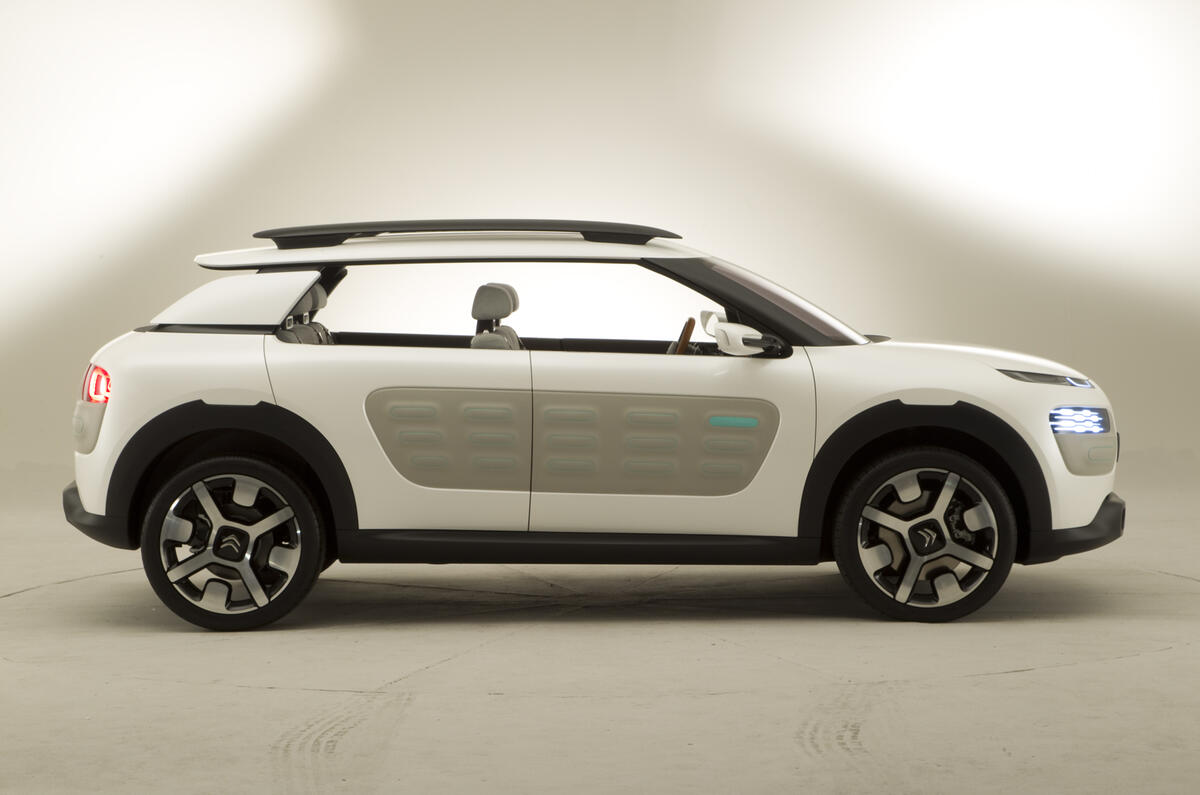
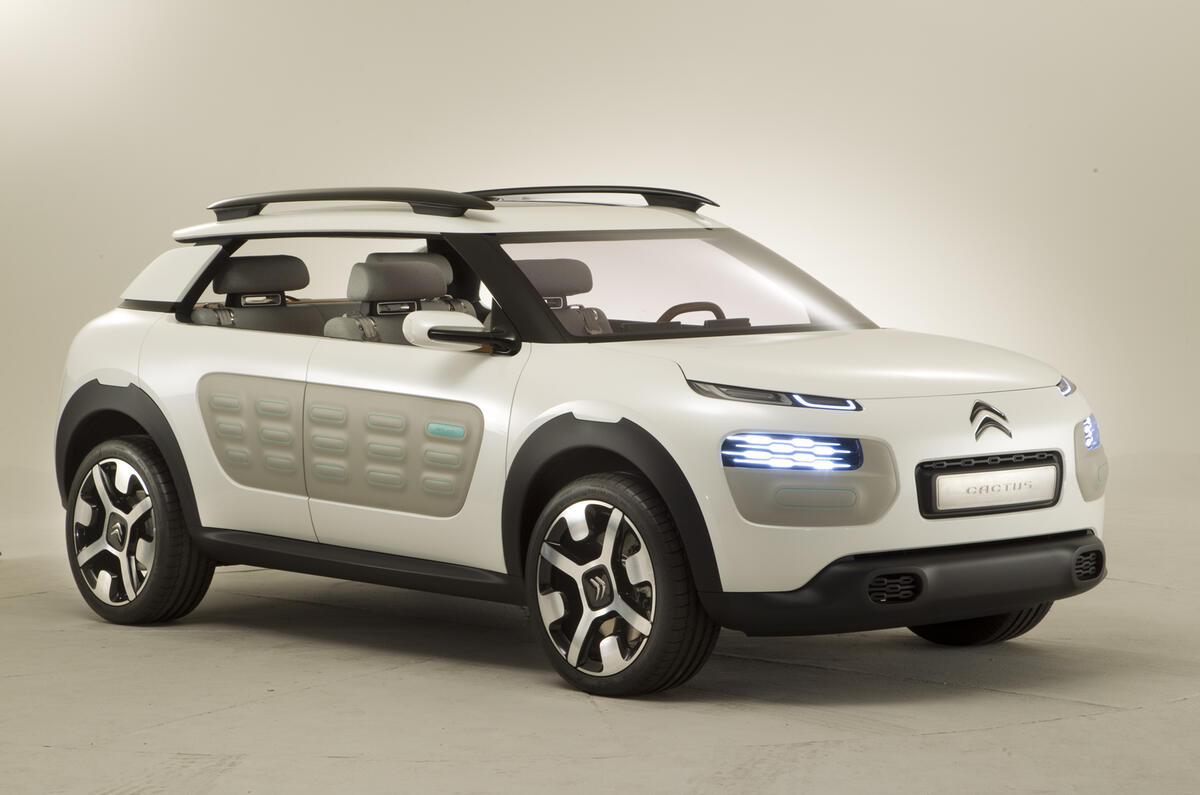
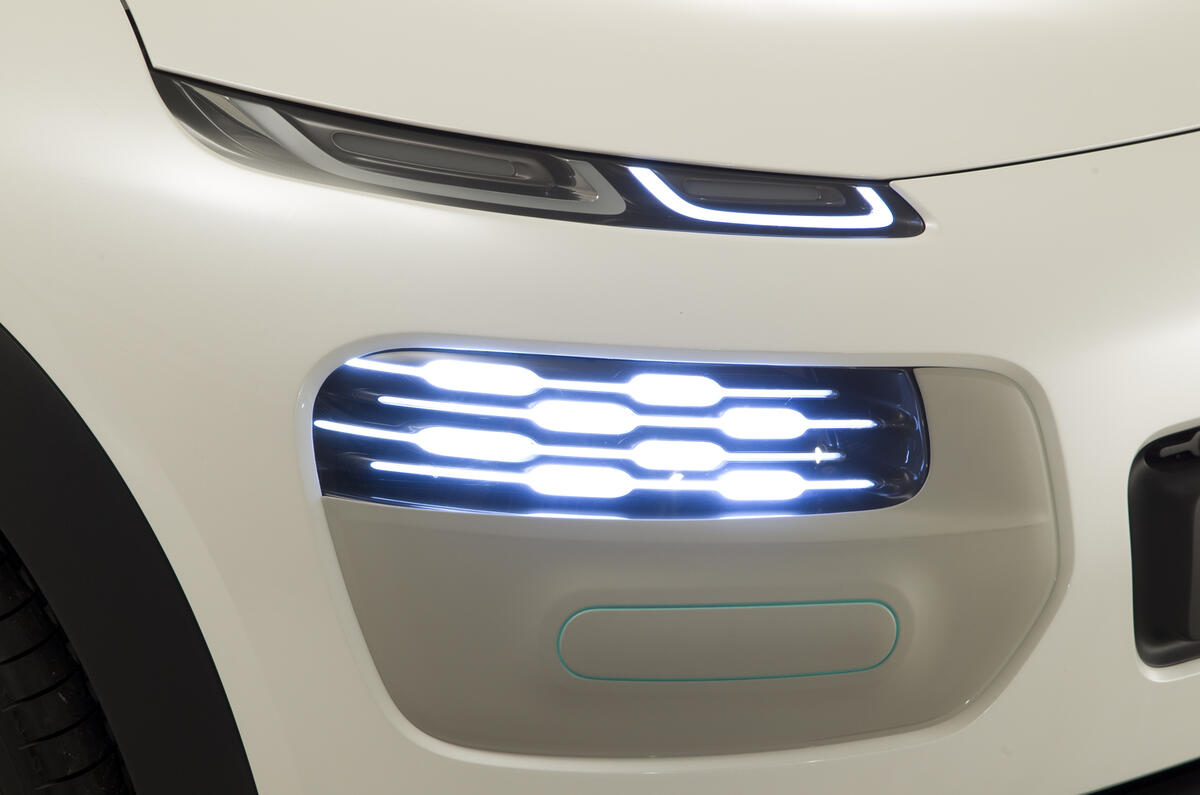


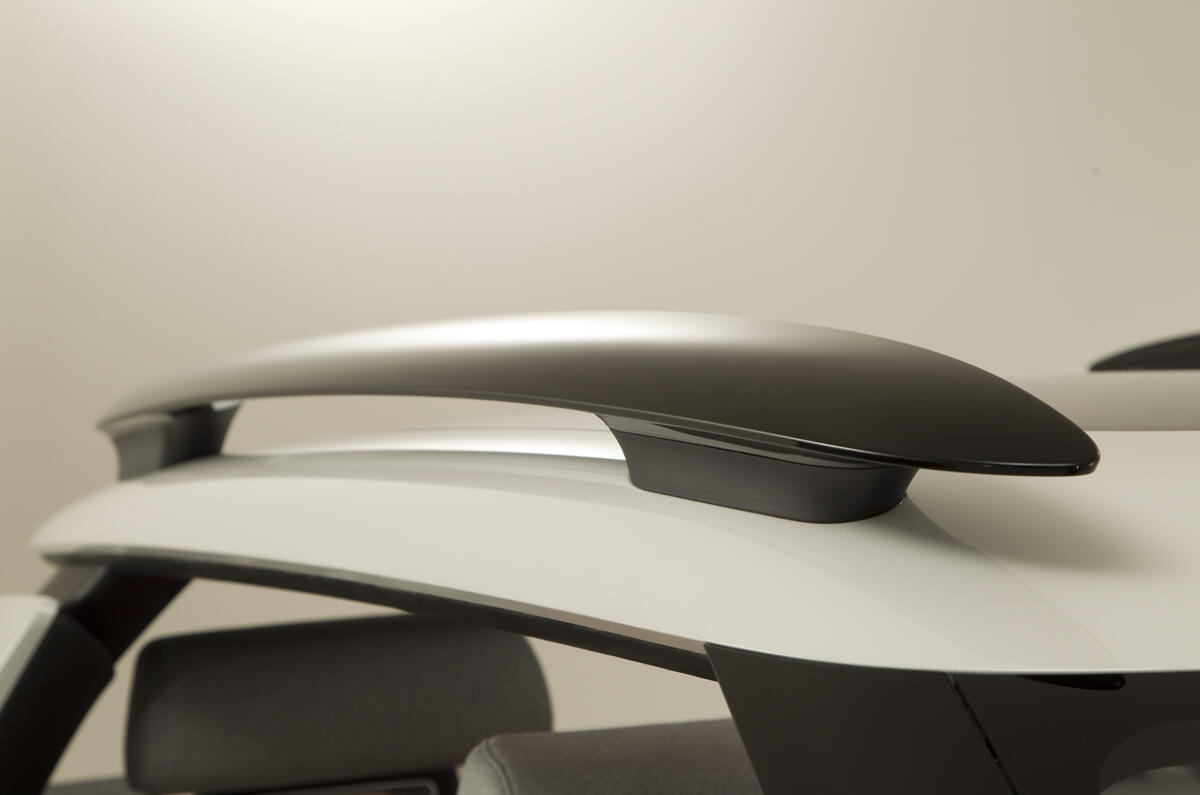
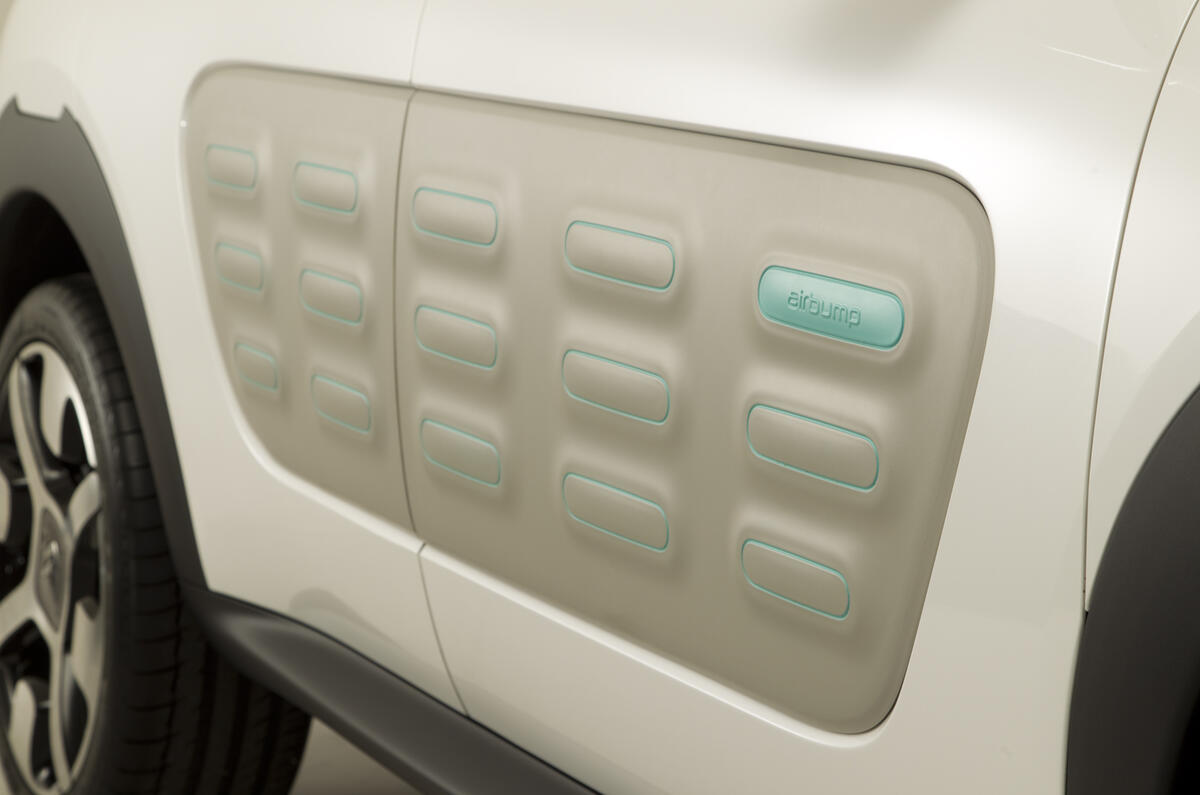
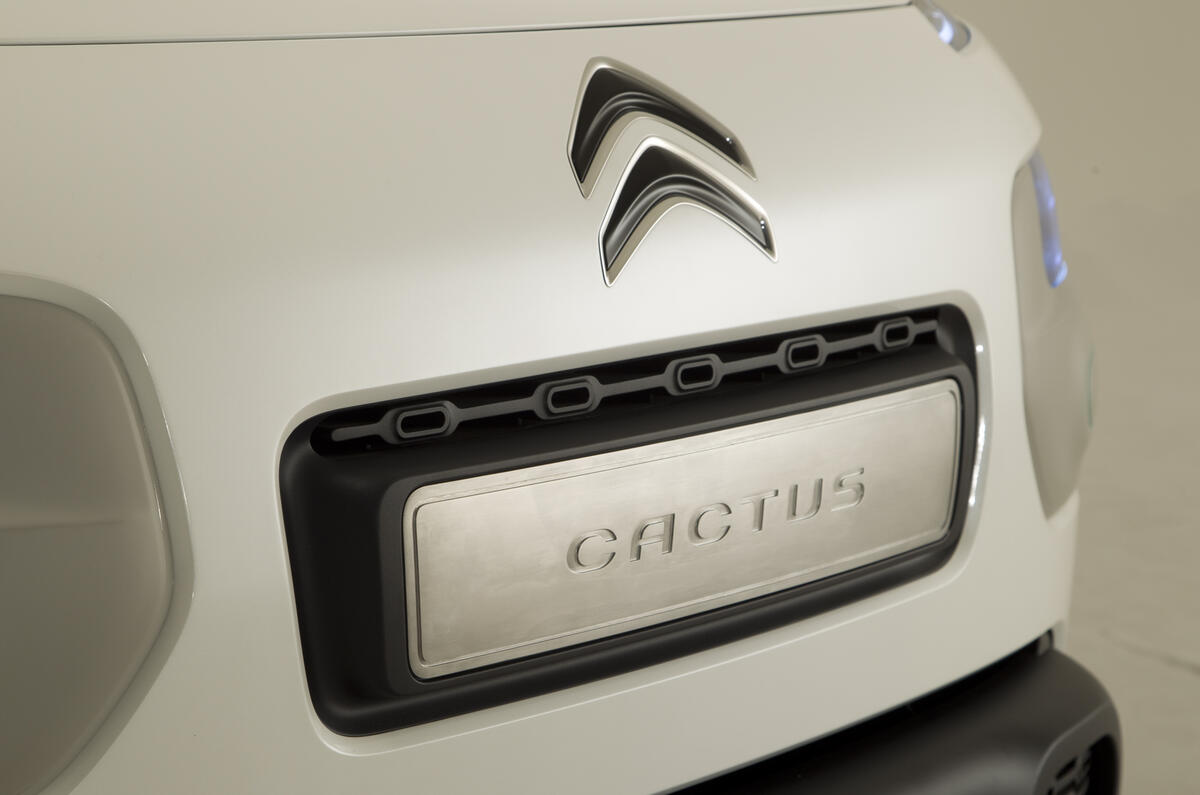
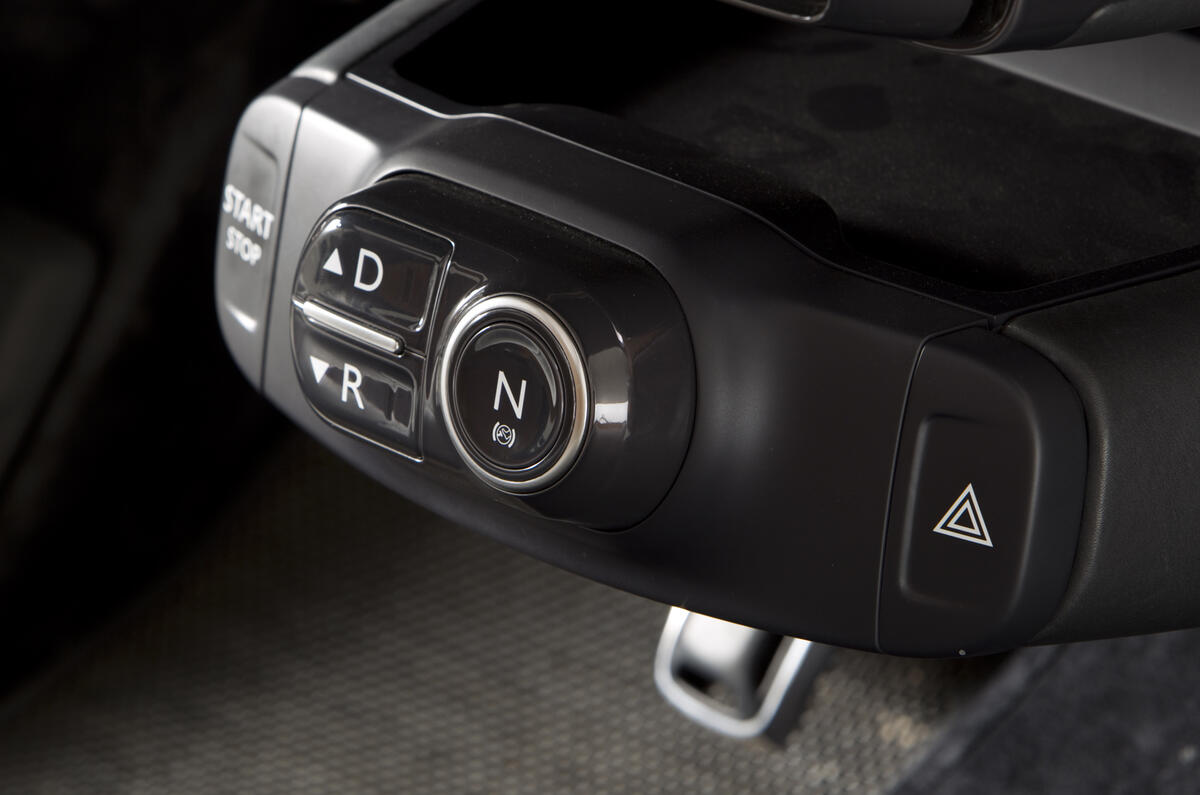
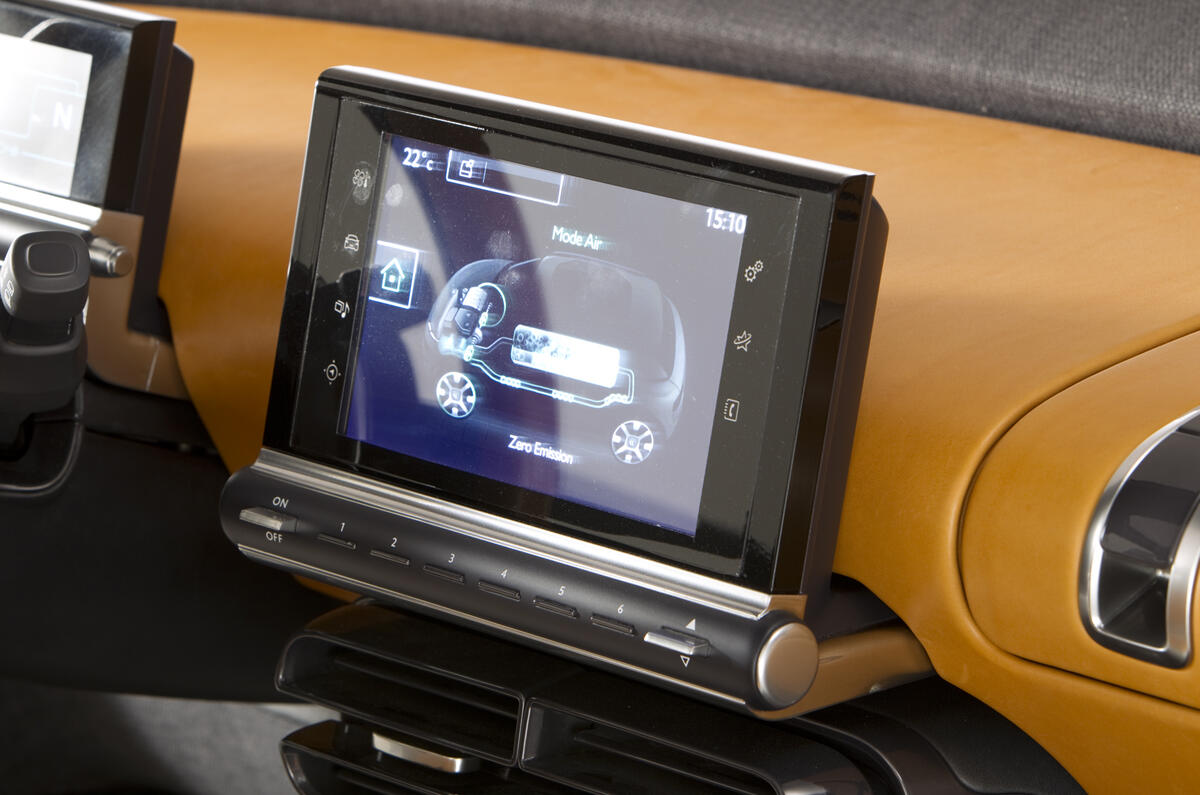
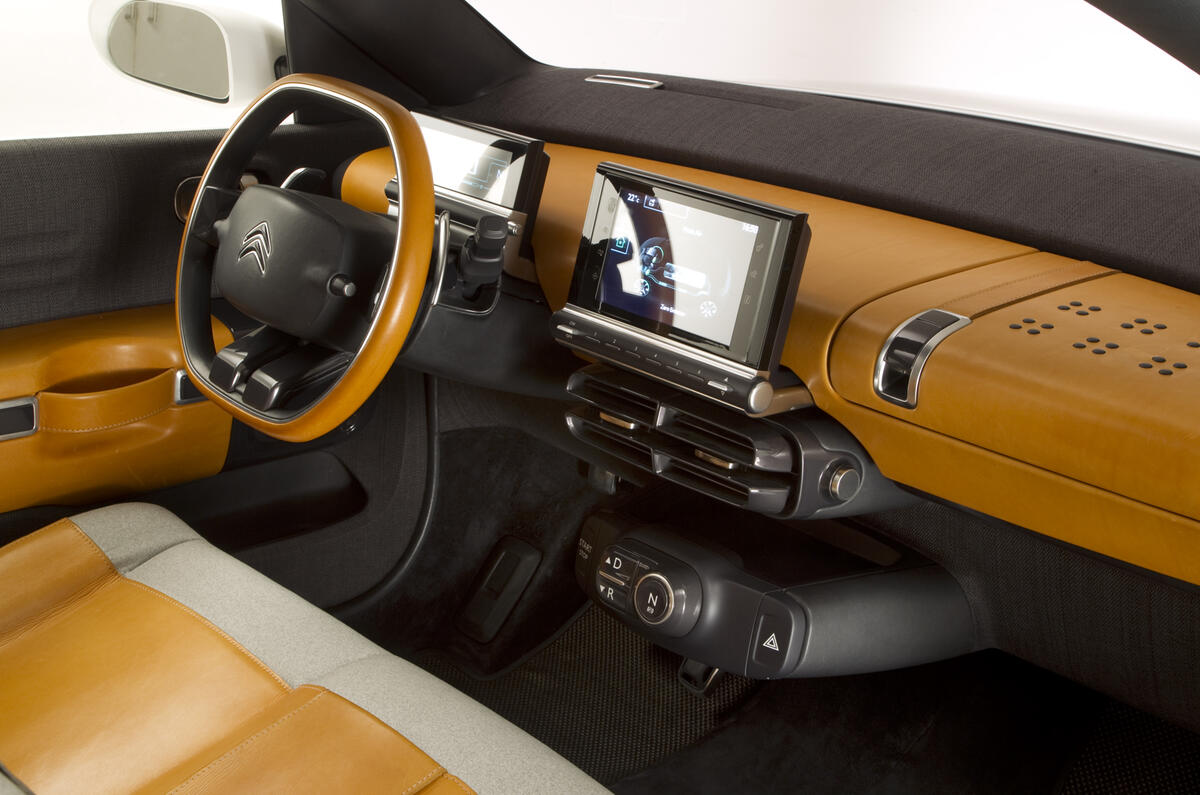

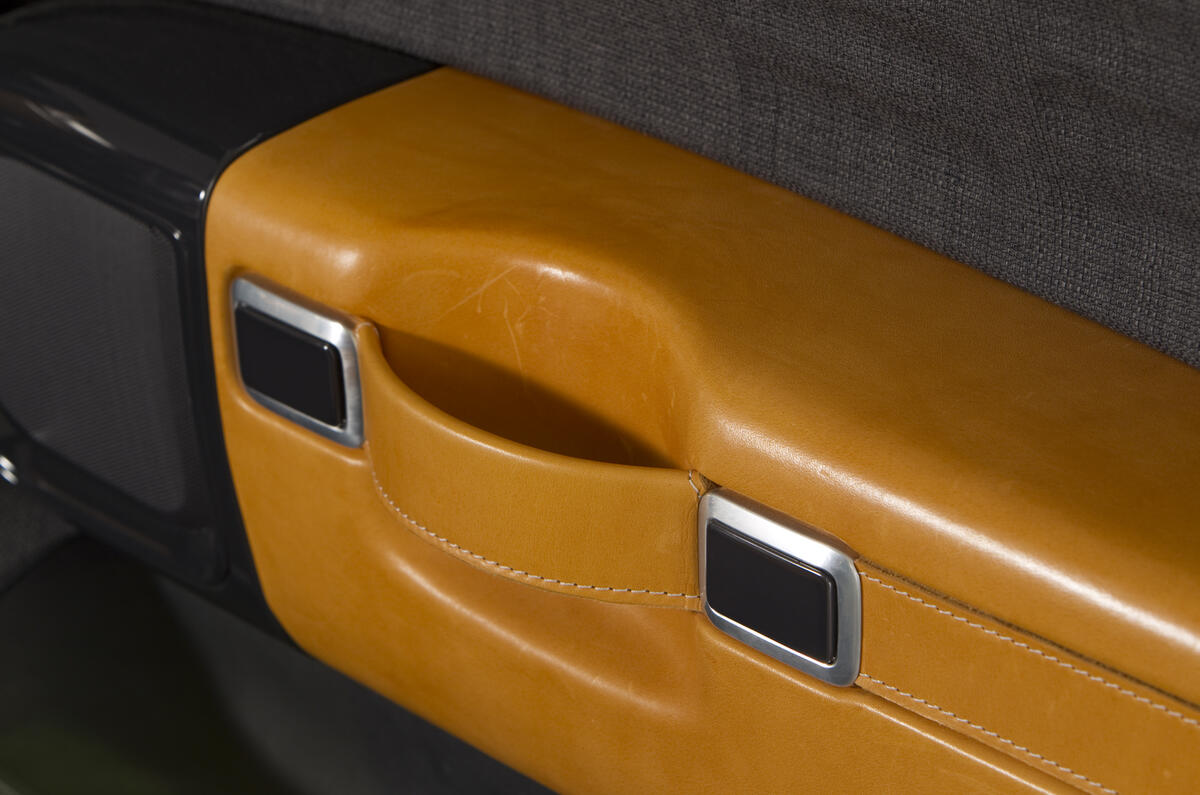
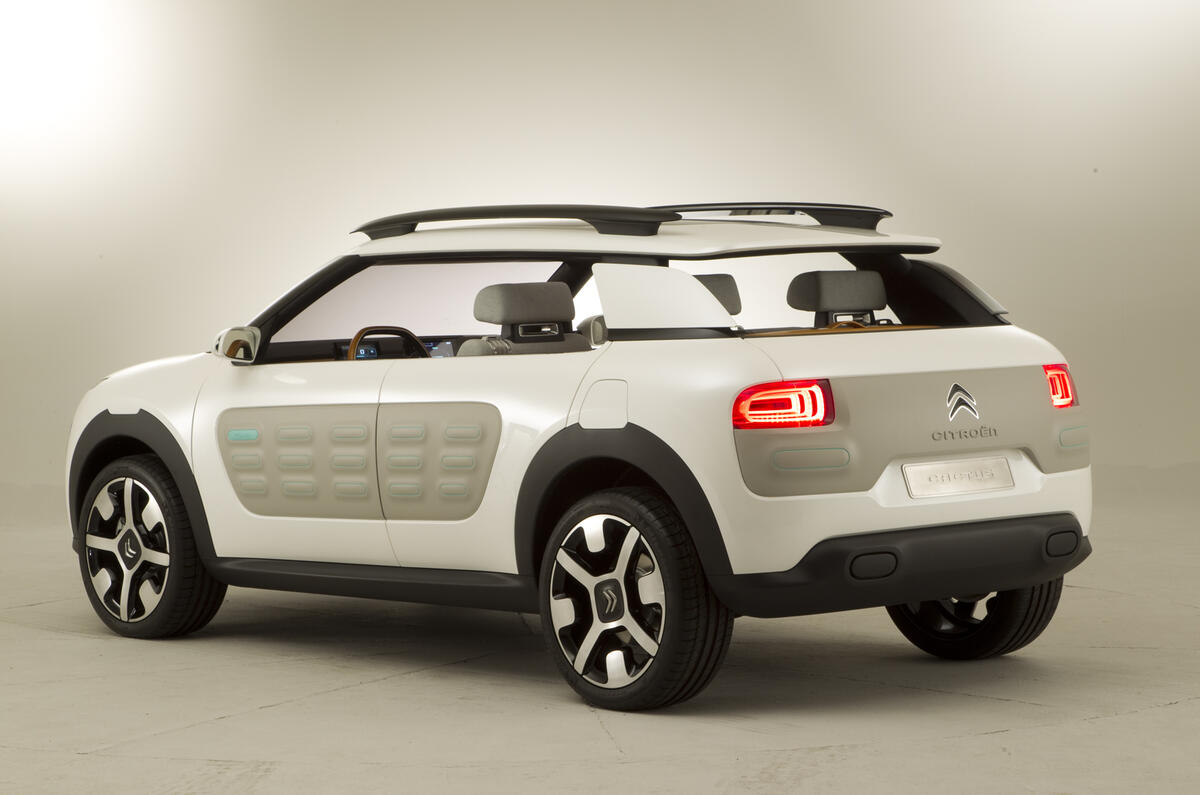
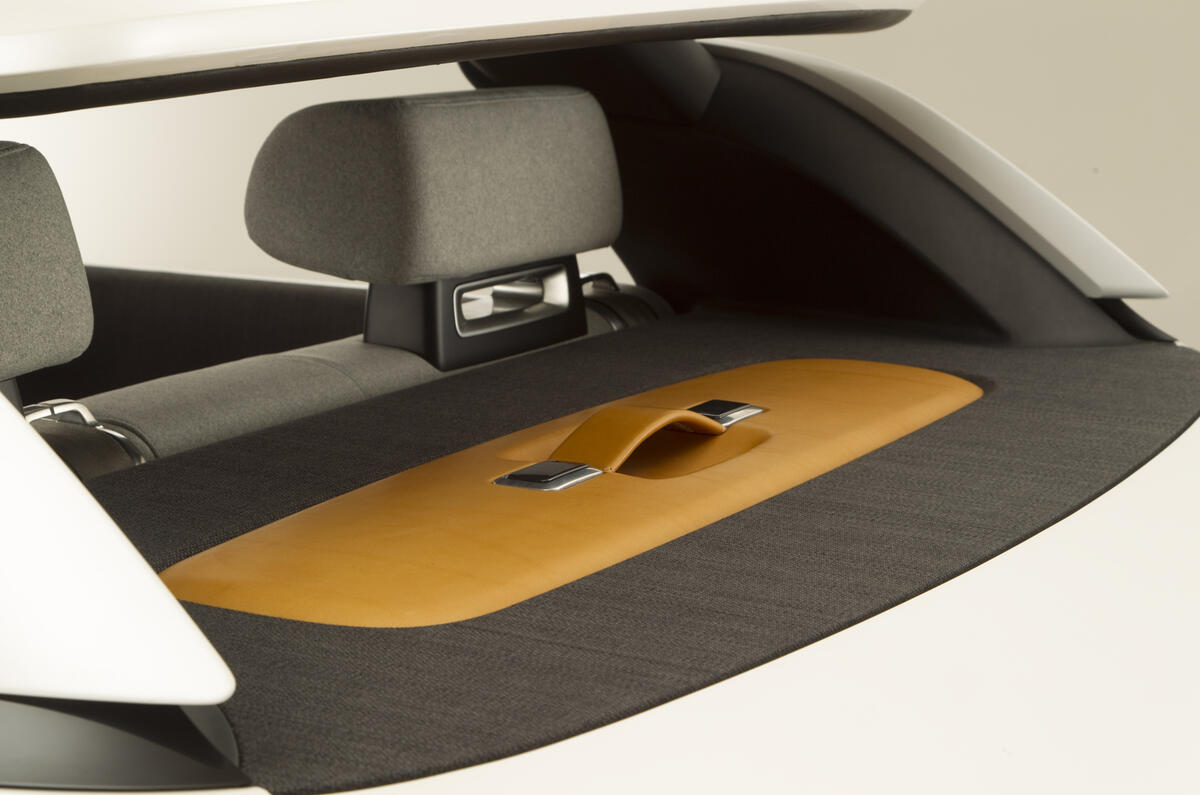
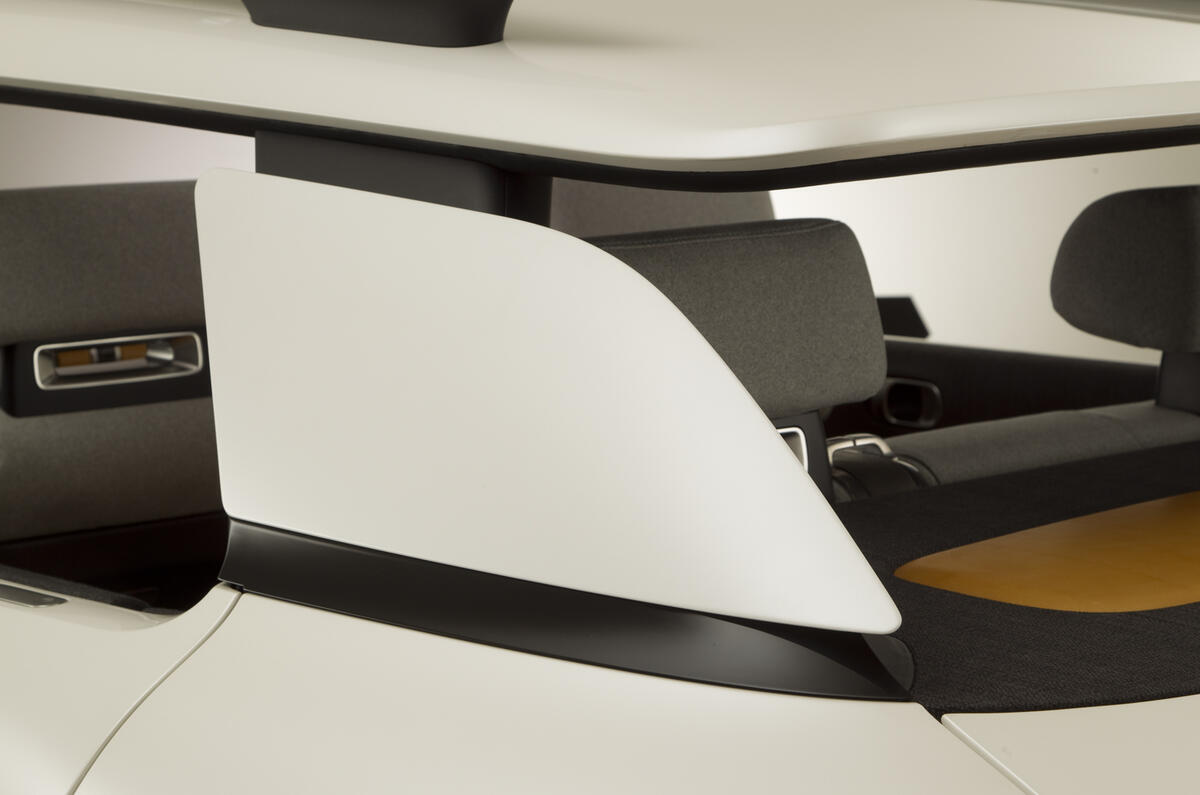
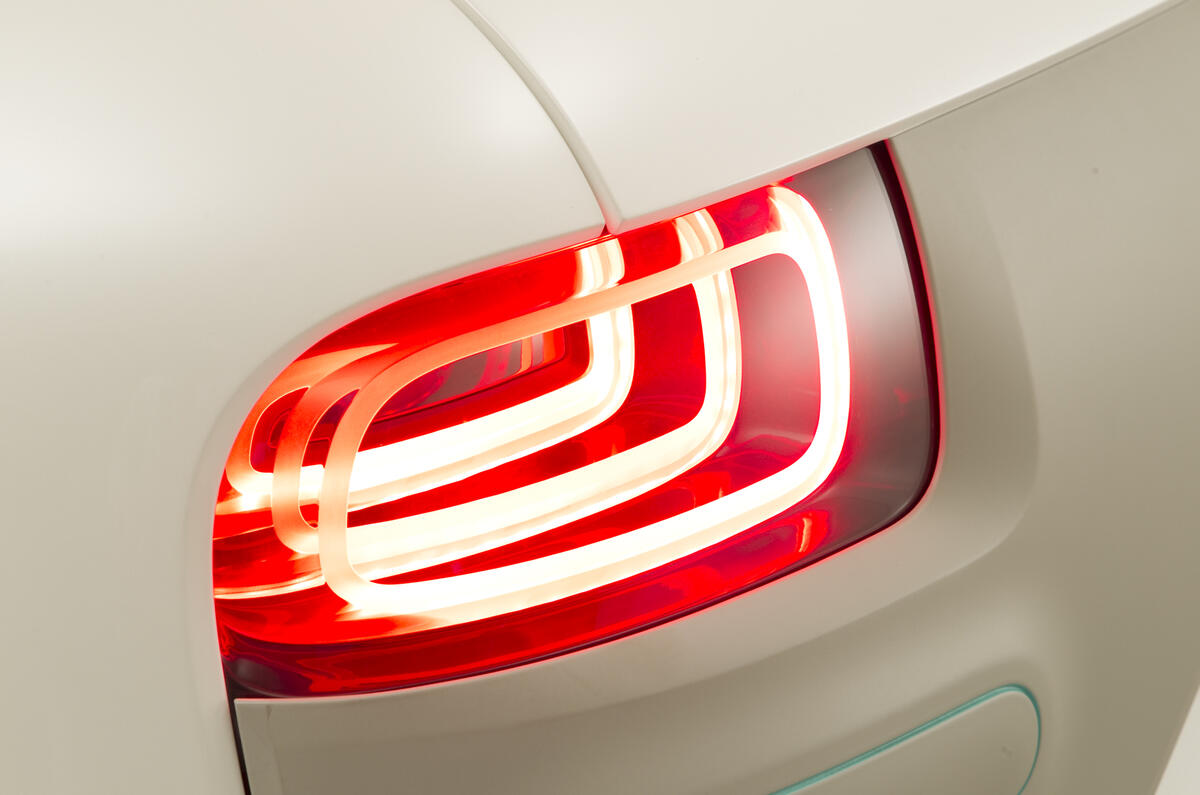
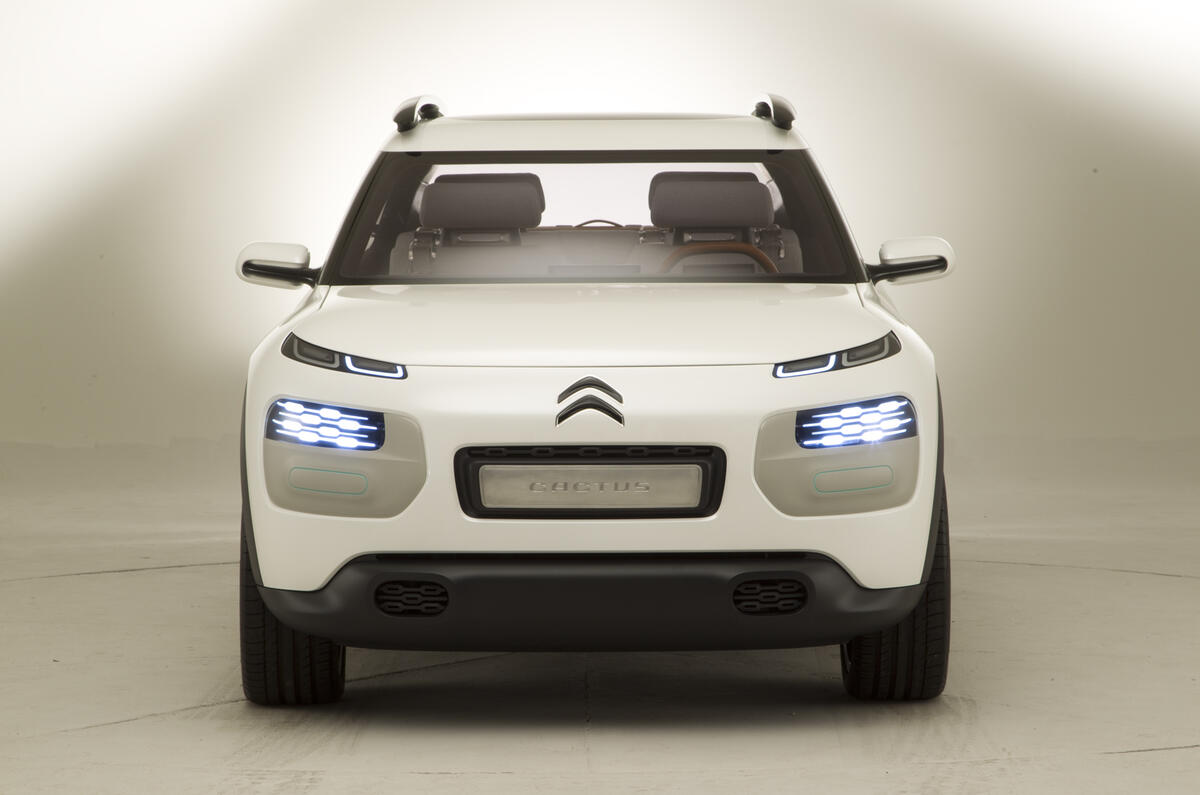


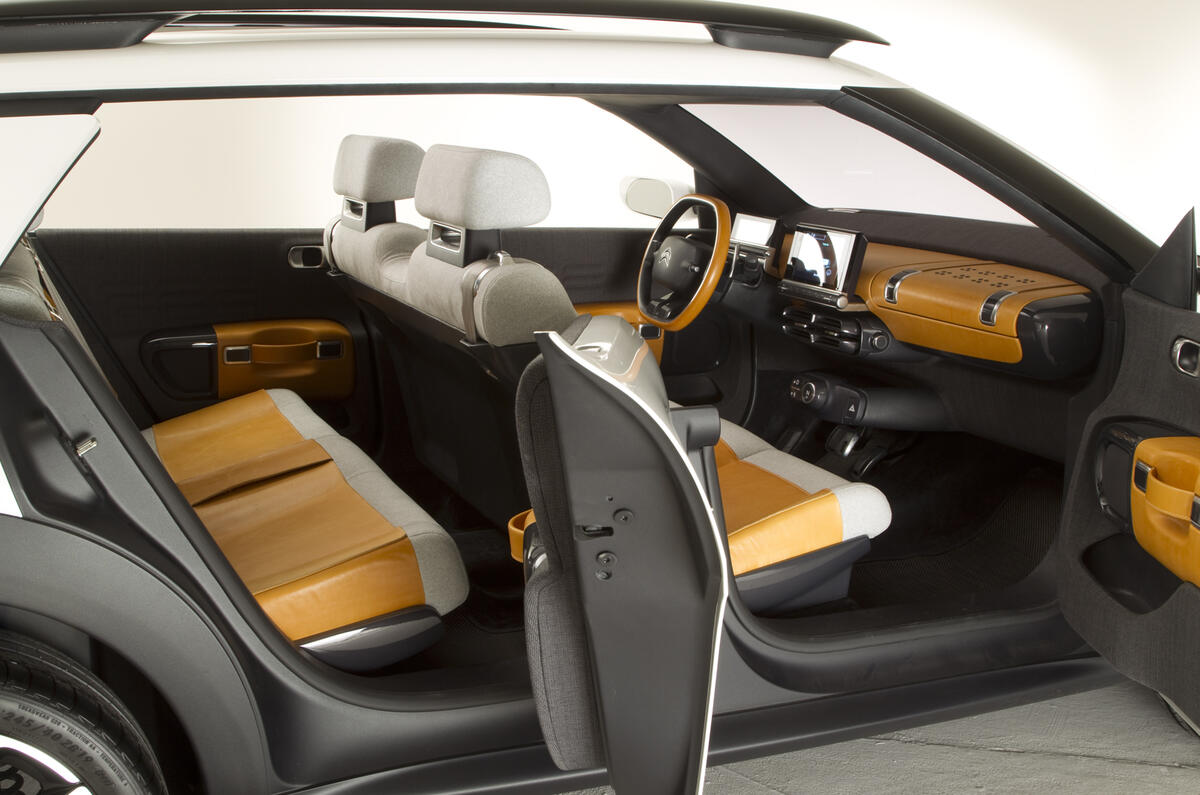
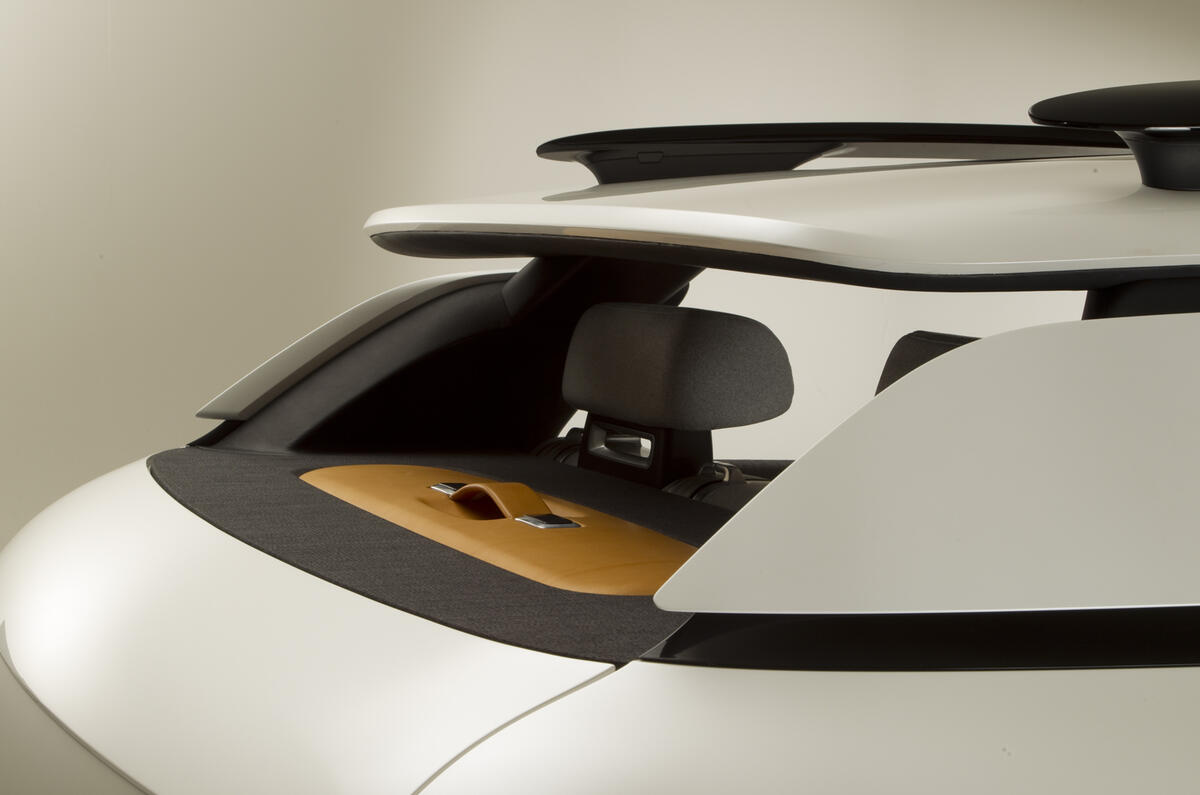
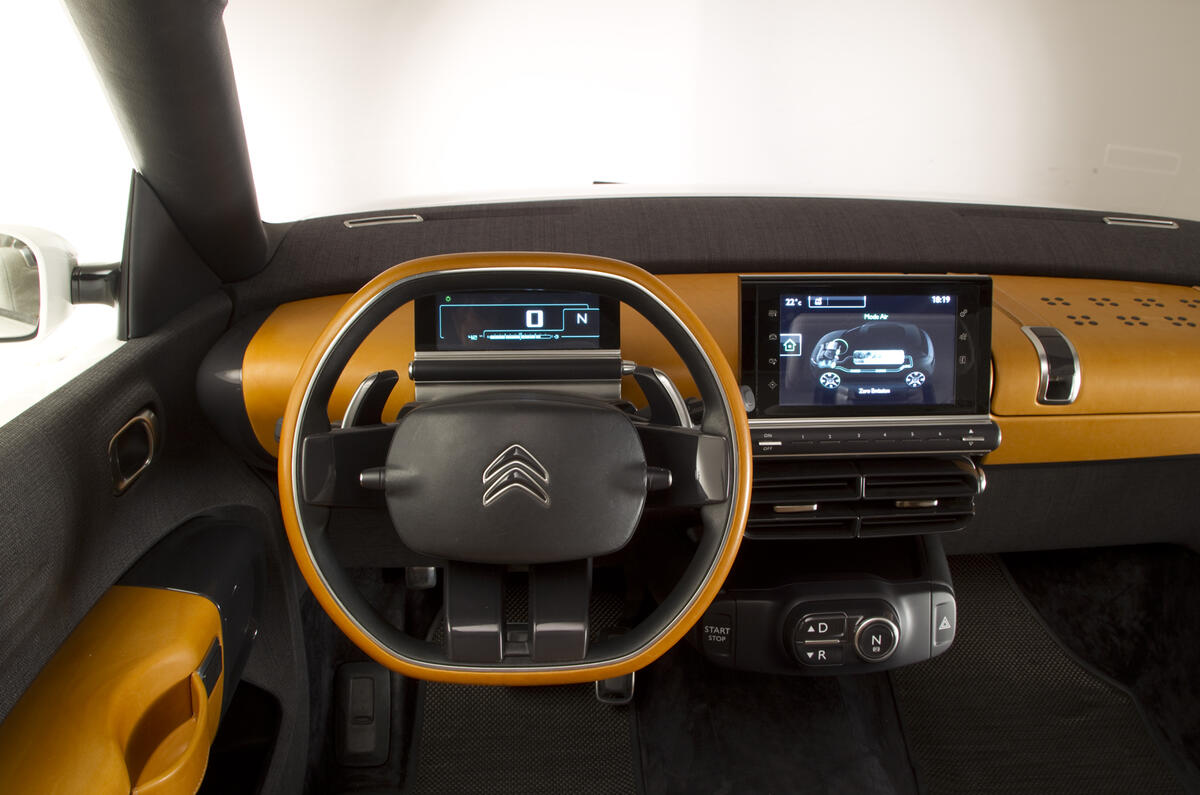
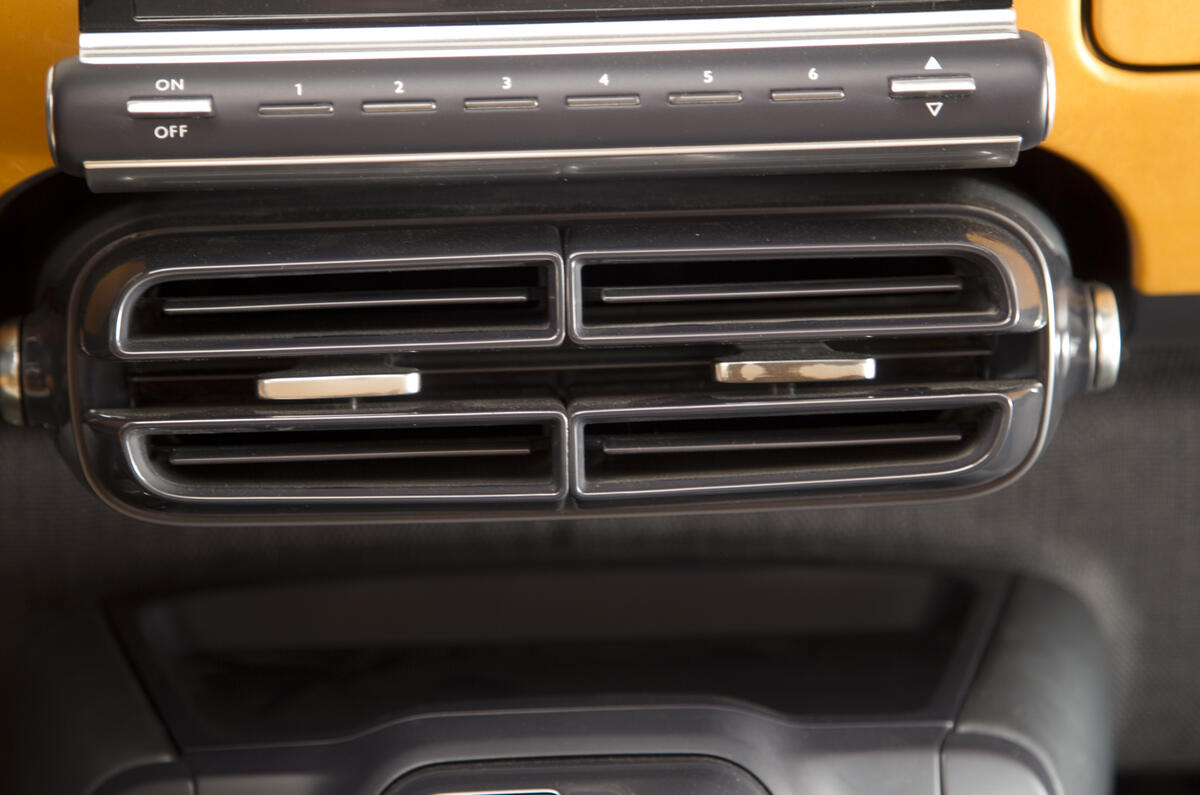

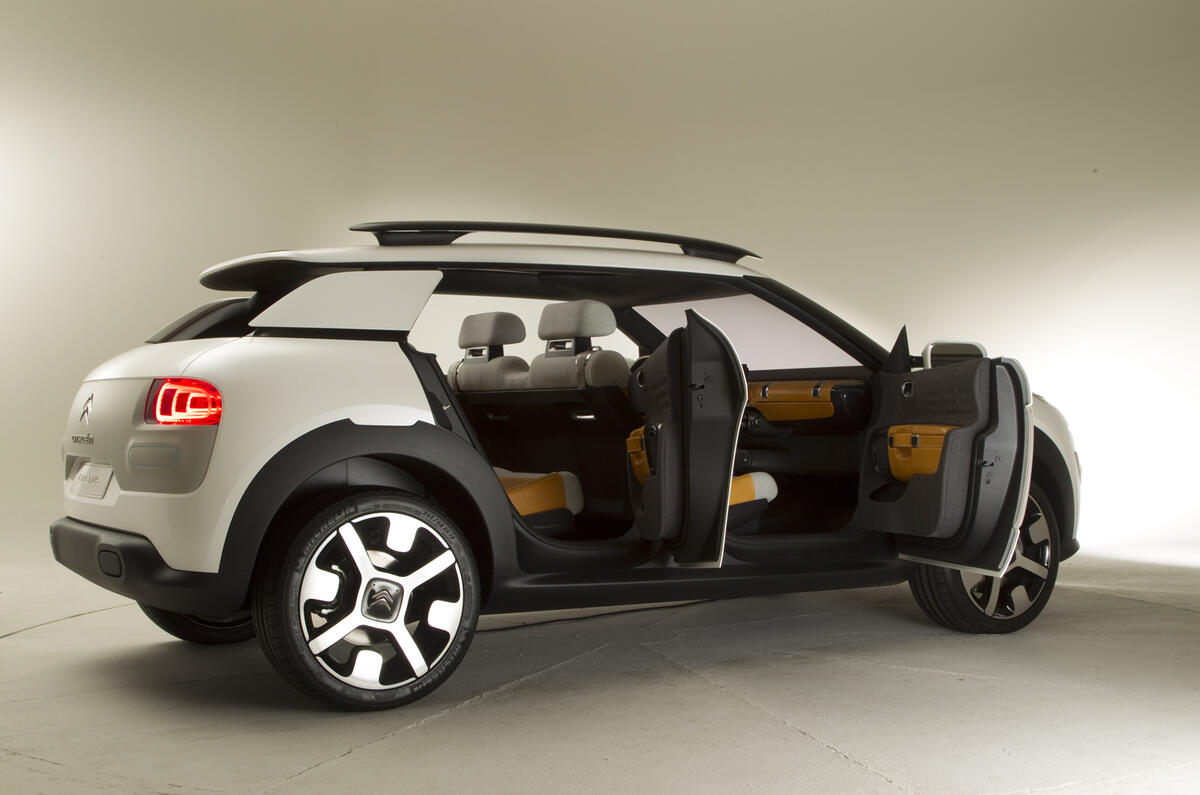


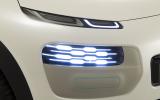

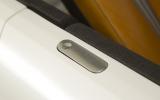
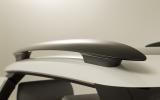

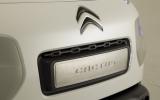

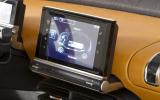
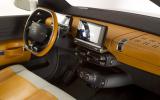
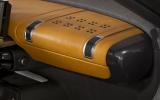
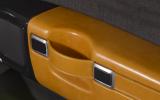


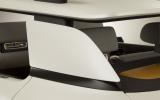


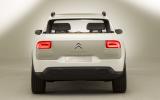
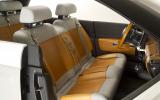
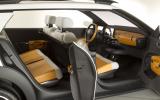
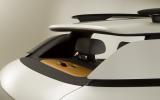
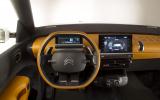

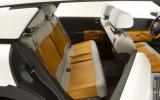




Join the debate
Add your comment
Nice concept but the doors
Can't wait
Can't wait...
Simplicity is key wrote: I
Have we any more info on the pricing of the Cactus yet? Citroen say it will be slightly more expensive than the C4, so maybe that suggests a £14500 to £15000 range starting price. And the very generous discounts Citroen offer on the C and DS models will hopefully be mirrored making it good value for money.
Pricing
Slightly more expensive than a C3, not a C4. If they can manage to pull that off, it will be seriously competitive.
tuga wrote:catnip
Ah right. I thought they said it would be a bit more expensive than the C range, and as its a C4 Cactus I assumed they meant it would be more than the C4. Priced at a bit more than the C3 will make it a bargain!